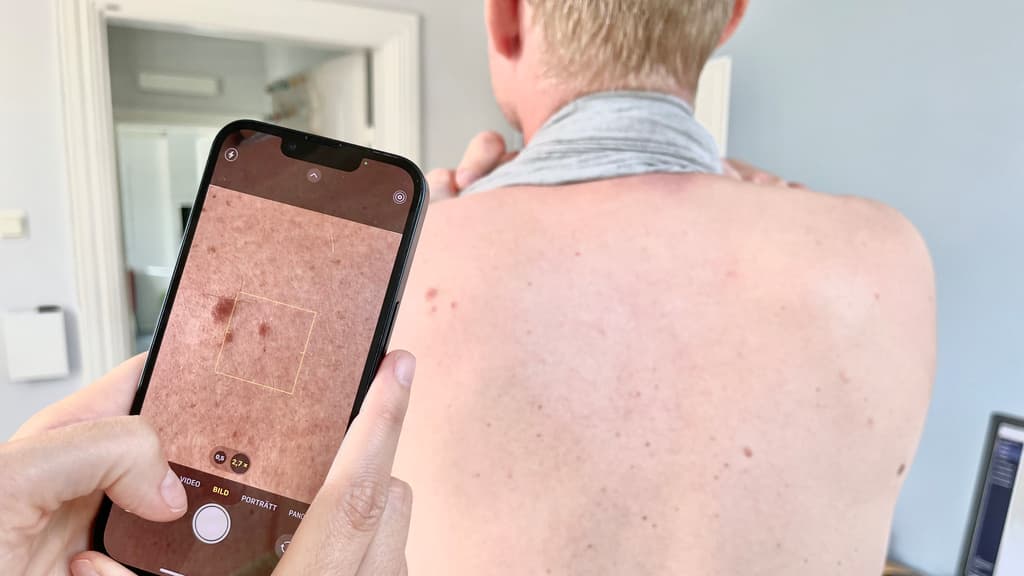Take a picture and get an answer to whether the mole you're worried about is dangerous. A growing number of mobile apps promise quick and smooth analysis of skin moles using artificial intelligence.
But knowing whether the app is really reliable is not entirely easy. This is shown by a new study led by Åsa Ingvar, a dermatologist at Skåne University Hospital and researcher at Lund University.
The researchers have reviewed 21 different mobile apps for skin mole analysis offered by app services in Australia, but of the same type as those available for download in Sweden, according to Åsa Ingvar.
Not sufficiently tested
None of the apps met the labeling recommendations developed by specialist medical associations. This is about important information to understand the app's limitations, Åsa Ingvar believes.
It makes it difficult to understand whether you can trust the results or not, she says.
Previous research has shown that the accuracy of many skin cancer apps is low. This can become a problem when AI analyzes images it has not been trained on, for example, taken with a different camera or on a person with a different skin type.
At the same time, many apps are not properly evaluated. Of those reviewed by the researchers, only a few reported being tested in a clinical study.
Apps should be tested in the same way as medicines before they are released on the market, but that's often not the case today, says Åsa Ingvar.
"A somewhat dangerous field"
Skin cancer apps often have a low threshold for warning about malignant skin changes, according to the researchers. This can cause unnecessary anxiety and burden on healthcare.
Even we doctors and nurses can be influenced to take unnecessary biopsies on a skin change that we don't think is dangerous, but where the patient says "my AI says it can be malignant melanoma", says Åsa Ingvar.
She thinks that AI technology for risk assessments should only be used by doctors for now.
Today, this is a somewhat dangerous field, since the technology is developing so rapidly at the same time as many have an overconfidence in AI. Clearer requirements are needed from the EU and Swedish authorities.
The study is published in the Australasian Journal of Dermatology.





